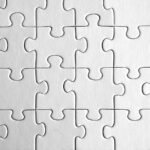Mythology
-
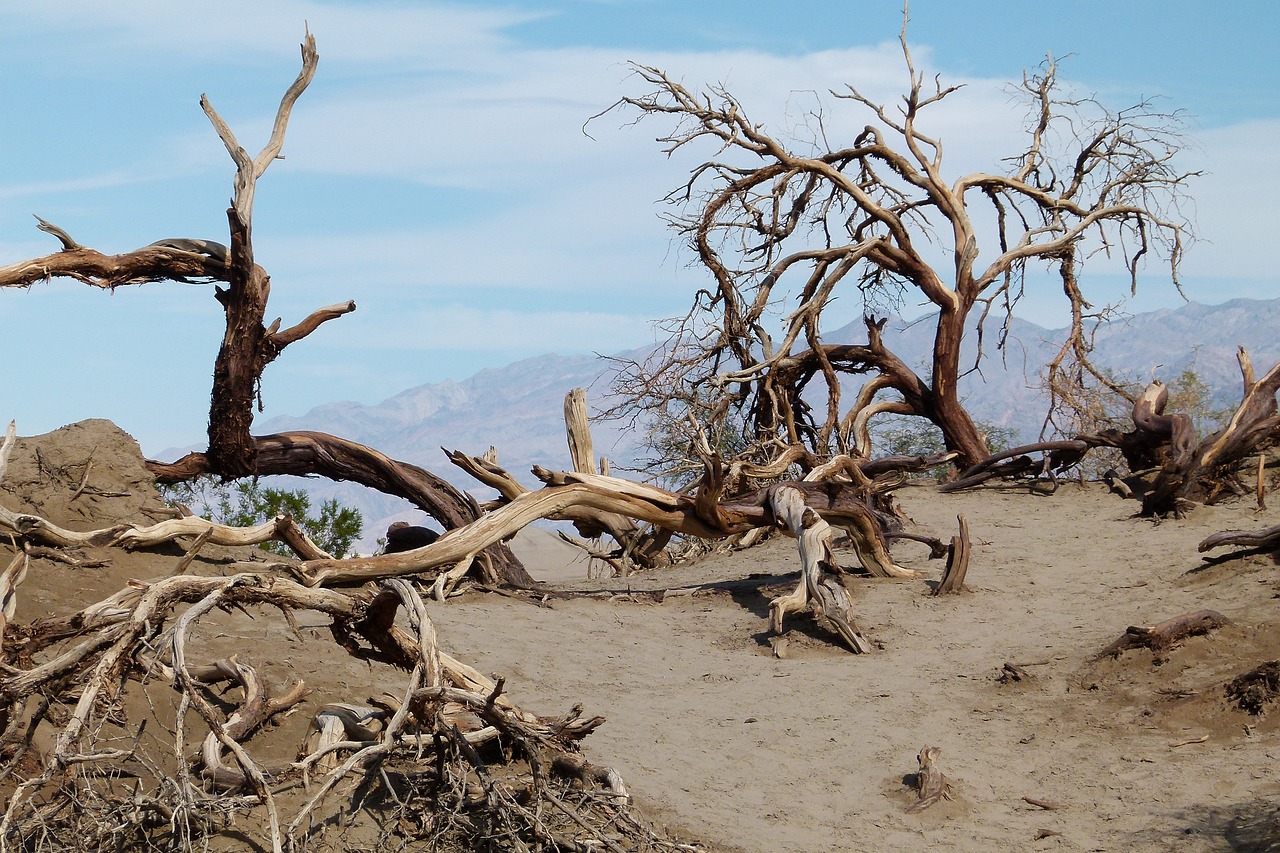
Thanatos: The Personification of Non-Violent Death Overview Thanatos, the embodiment of gentle death, represents a serene transition out of life, in contrast to the violent and chaotic deaths associated with his sisters, the Keres. He shares an affinity in character with Hypnos, the god of sleep, emphasizing a calm departure akin to drifting into slumber.…
-
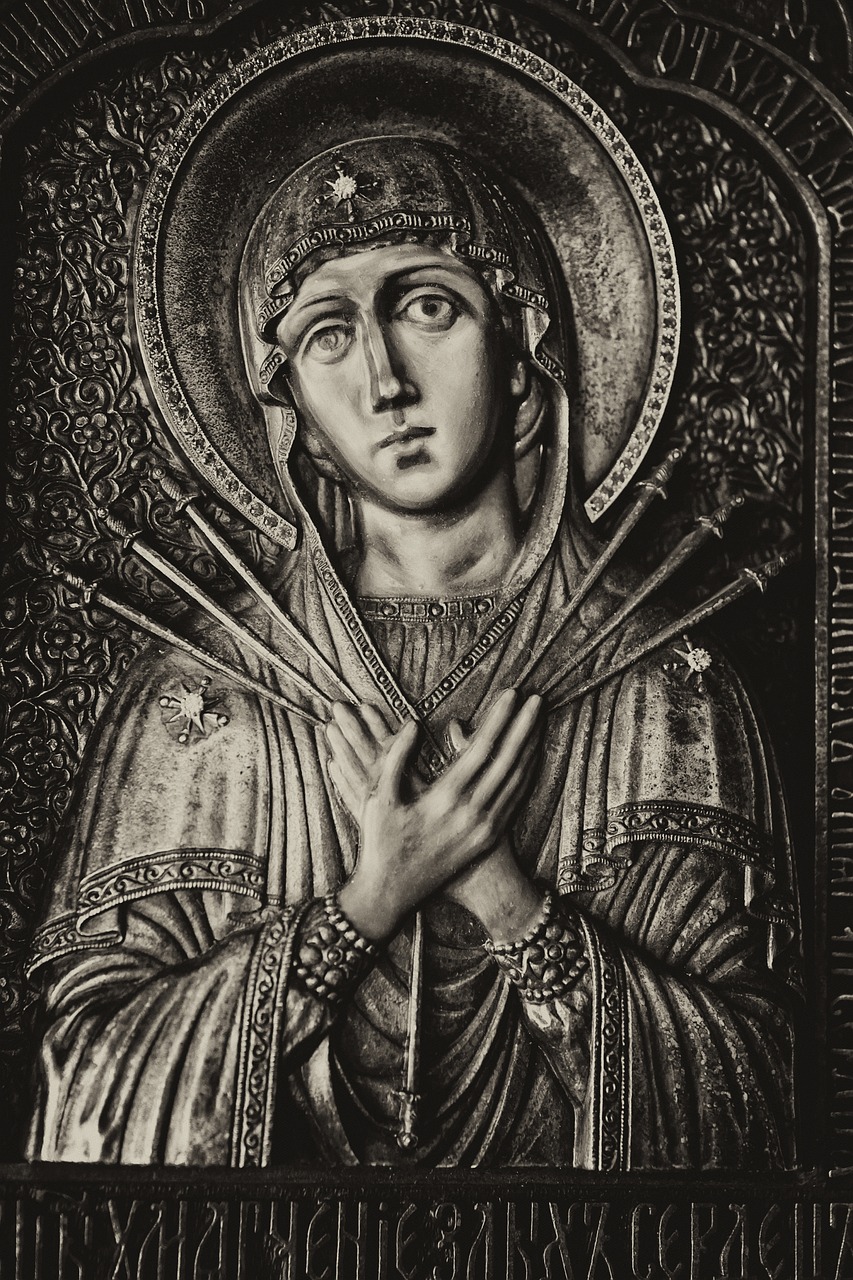
Neith, also referred to as Net, Neit, or Nit, is among the most ancient deities from Egypt, revered since the Pre-Dynastic Period (circa 6000 – 3150 BCE) and continuing her worship throughout the Ptolemaic Dynasty (323 – 30 BCE), the final dynasty before Roman dominion. As a multifaceted figure, she embodies many roles, including that…
-
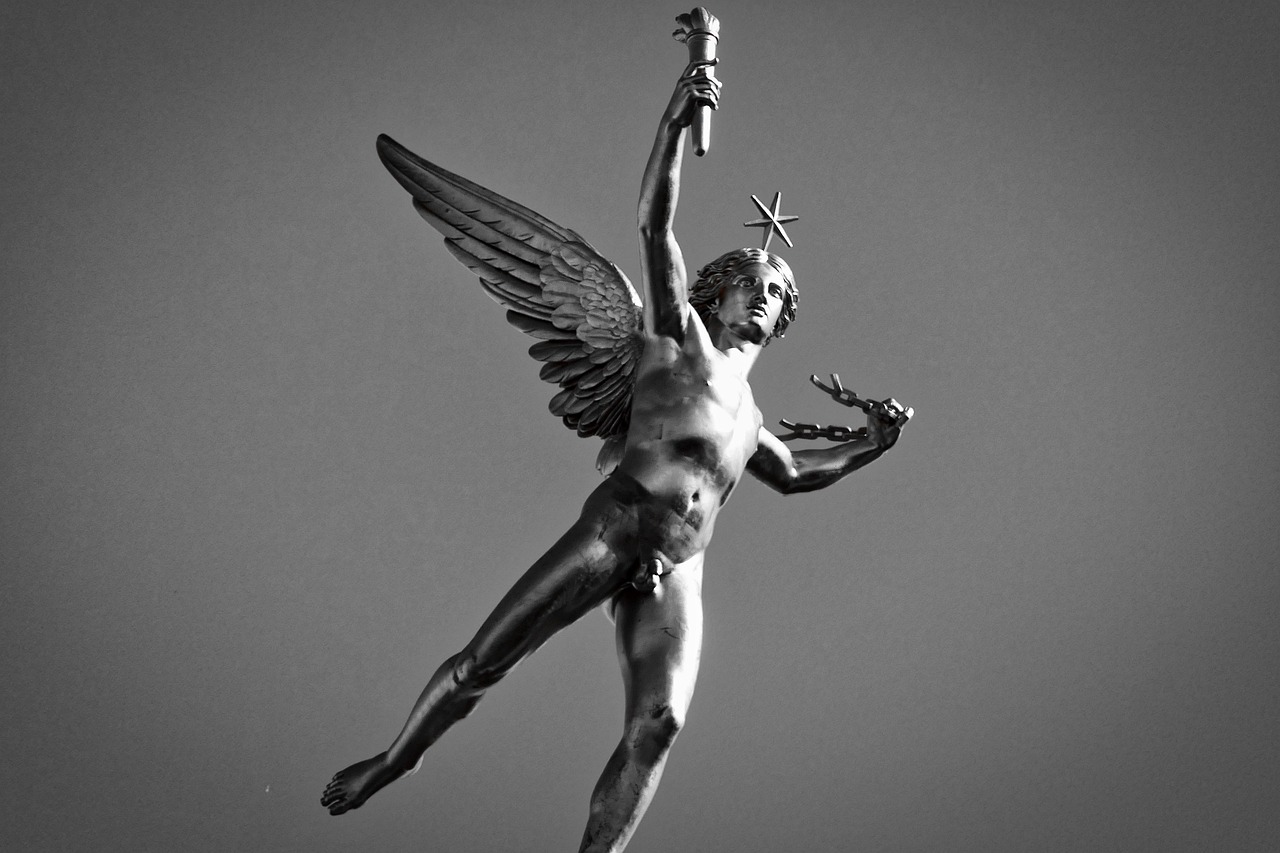
The Characters of The Odyssey Odysseus As the king of Ithaca, Odysseus is a multi-faceted character — a spouse to Penelope, a father to Telemachus, and a heroic leader during the Trojan War. His journey of returning home is laden with trials and tribulations, painting him as a deeply flawed hero throughout the narrative. Telemachus…
-
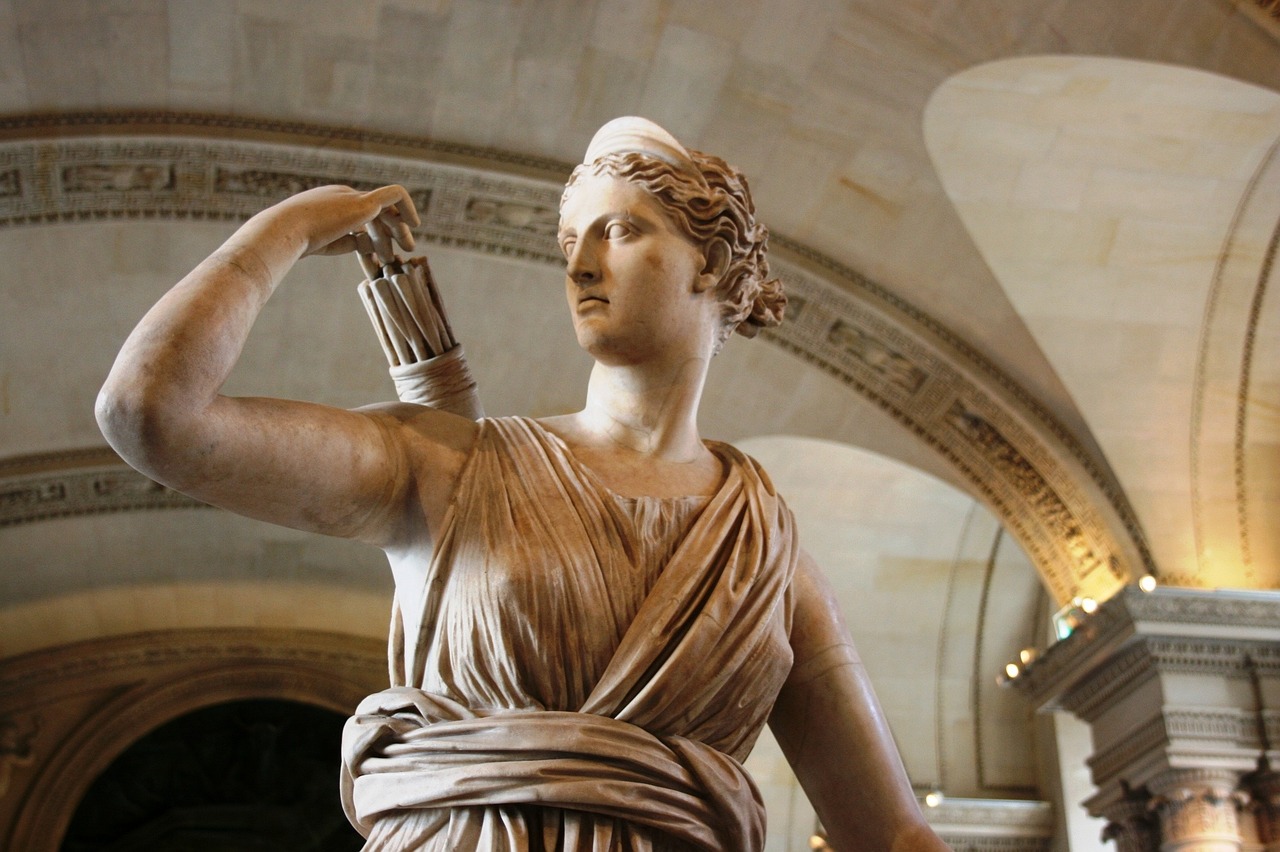
Aesthetic Representations of Diana in Art The collection of artworks centered around the figure of Diana, the Roman goddess of the hunt and nature, encompasses a variety of themes and styles. Among these are paintings depicting scenes of her companionship with nymphs, dramatic moments of her encounters, and tranquil representations of her in repose. Notable…
-
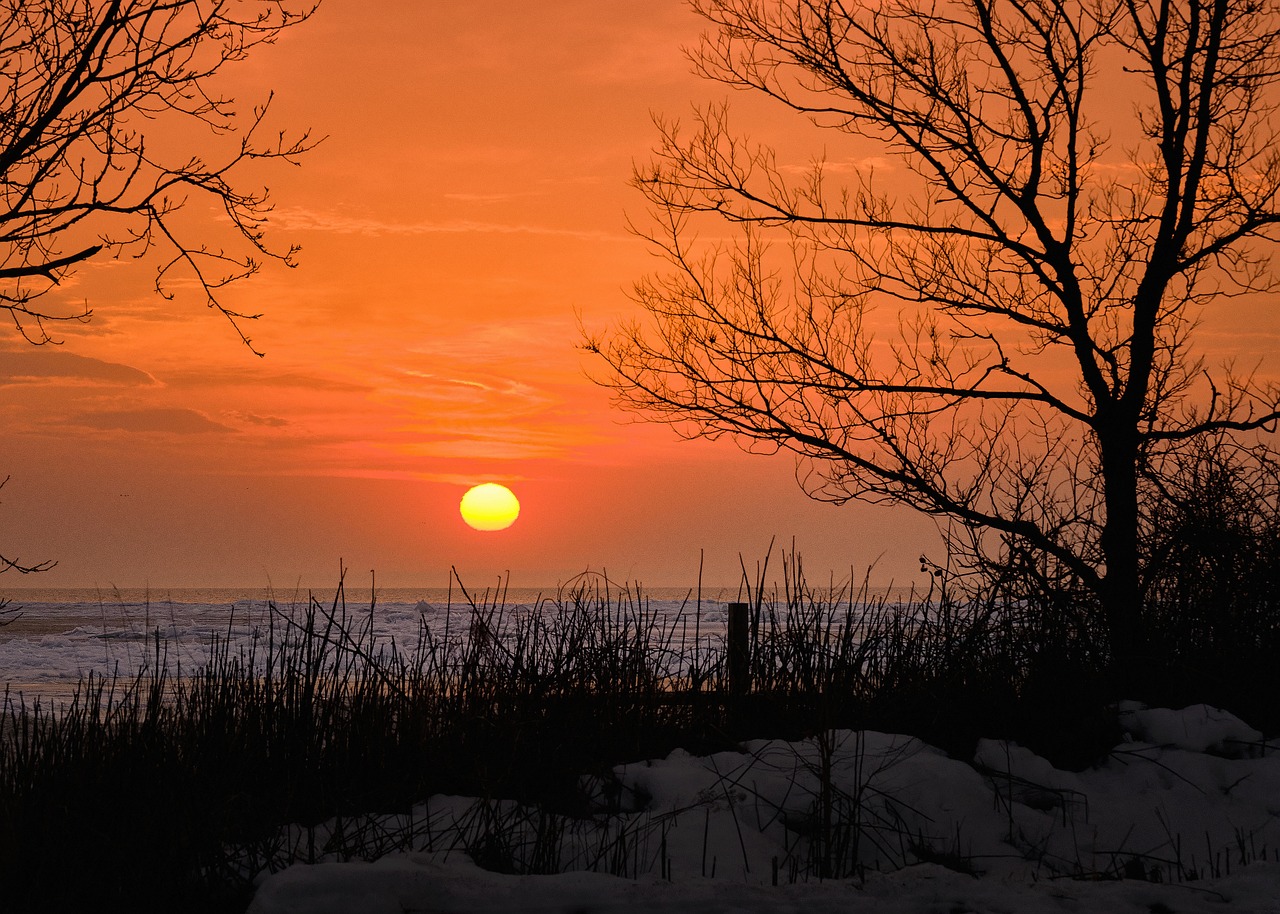
Eris: The Goddess of Strife in Greek Mythology Eris, known as the embodiment of strife and discord, occupied a significant role within the pantheon of Greek mythology. Commonly associated with conflict and rivalry, she was particularly noted for the turmoil brought forth during the chaos of war. Her character was often linked to bloodshed and…
-
Background Bodhbh Dearg, known as Bov The Red, made his home in Sídh ar Feimhim located in Slievenamon, County Tipperary. Following the defeat of the Tuatha Dé Danann by the Gaelic tribes, he was appointed their King. Tales of Bodhbh Dearg Upon his selection as King, Bodhbh Dearg became aware of Lir of Sídh Fionnachaidh,…
-
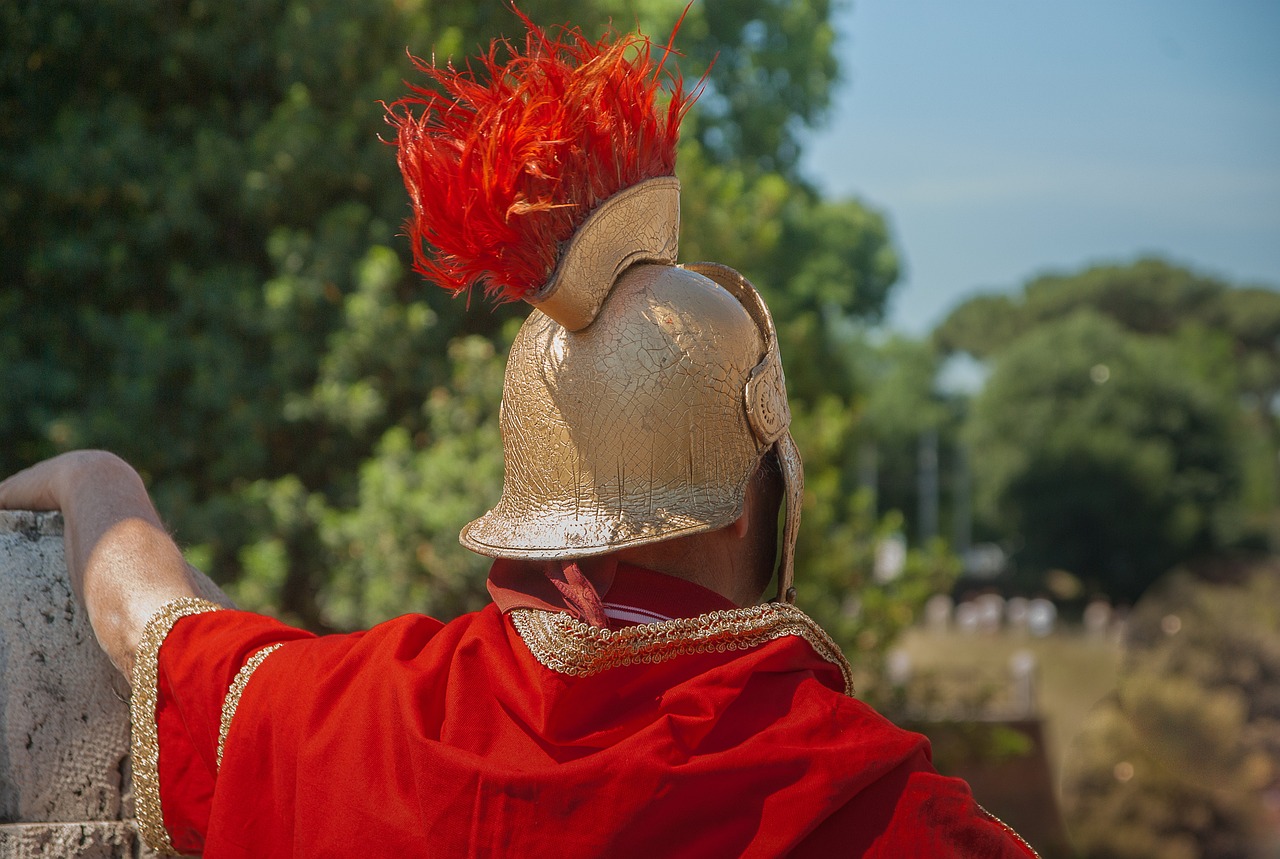
Overview of Neptune: The Roman God of the Sea Neptune stands as the Roman deity overseeing waters and seas, exerting control over winds and storms. Also identified as Neptunus Equester, he was celebrated as a horse god and the patron of horse racing, which was a favored pastime among Romans. The characteristics and stories associated…
-
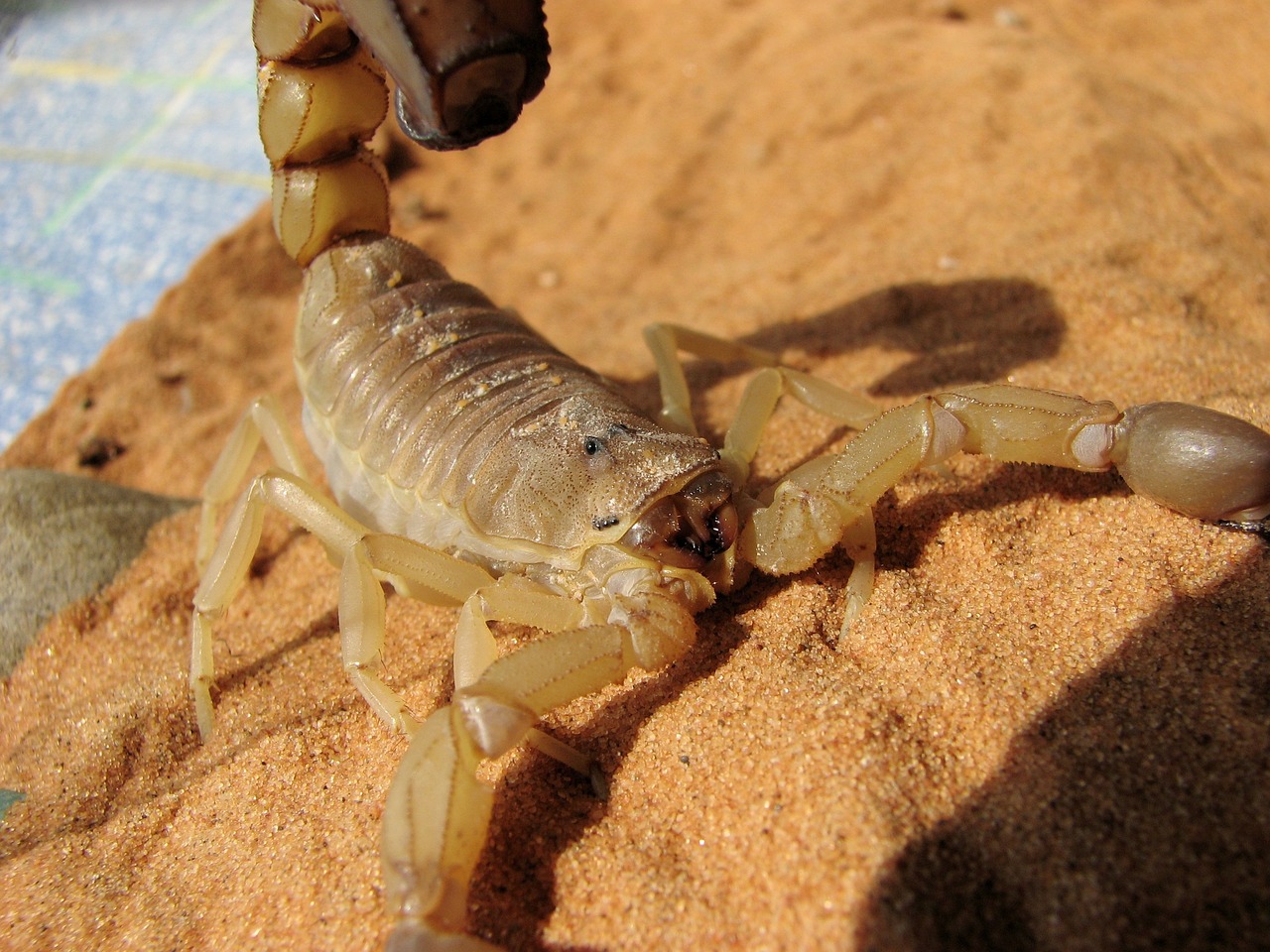
Serqet, also known by variations such as Selket, Selqet, and Selkit, was an ancient Egyptian goddess associated with scorpions. While she was predominantly viewed as a protective deity, her character also possessed a more ominous aspect. Serqet was associated with controlling venomous creatures like snakes and scorpions, akin to other deities such as Meretseger and…
-
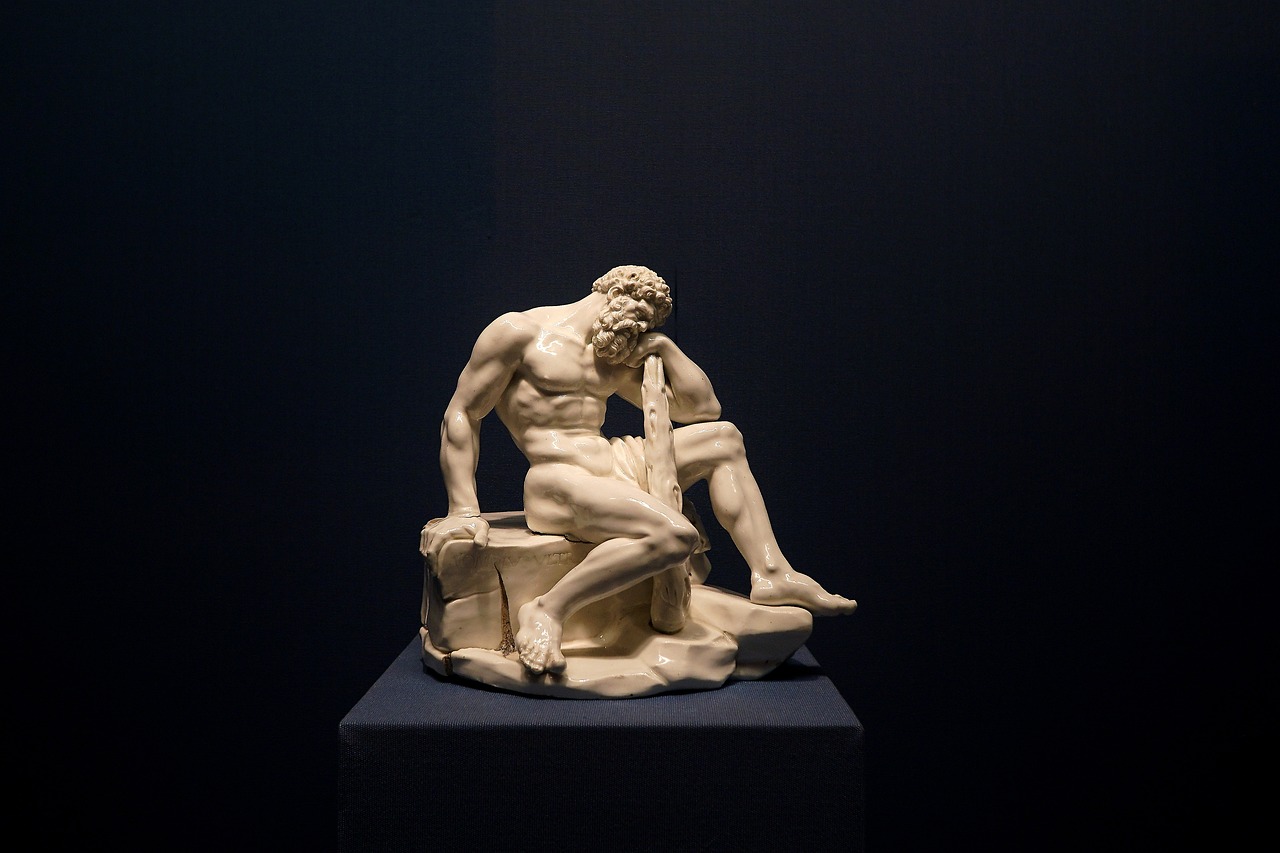
The Legendary Journey of Hercules Myths about gods have existed for countless ages, but the inquiry into a genuine Hercules—the man behind the enchanting tales—remains uncertain. Nonetheless, the saga chronicles a figure marked by extraordinary strength and tenacity, one whose heroic acts and perseverance against formidable challenges earned him a transcendent fate; upon his death,…
-
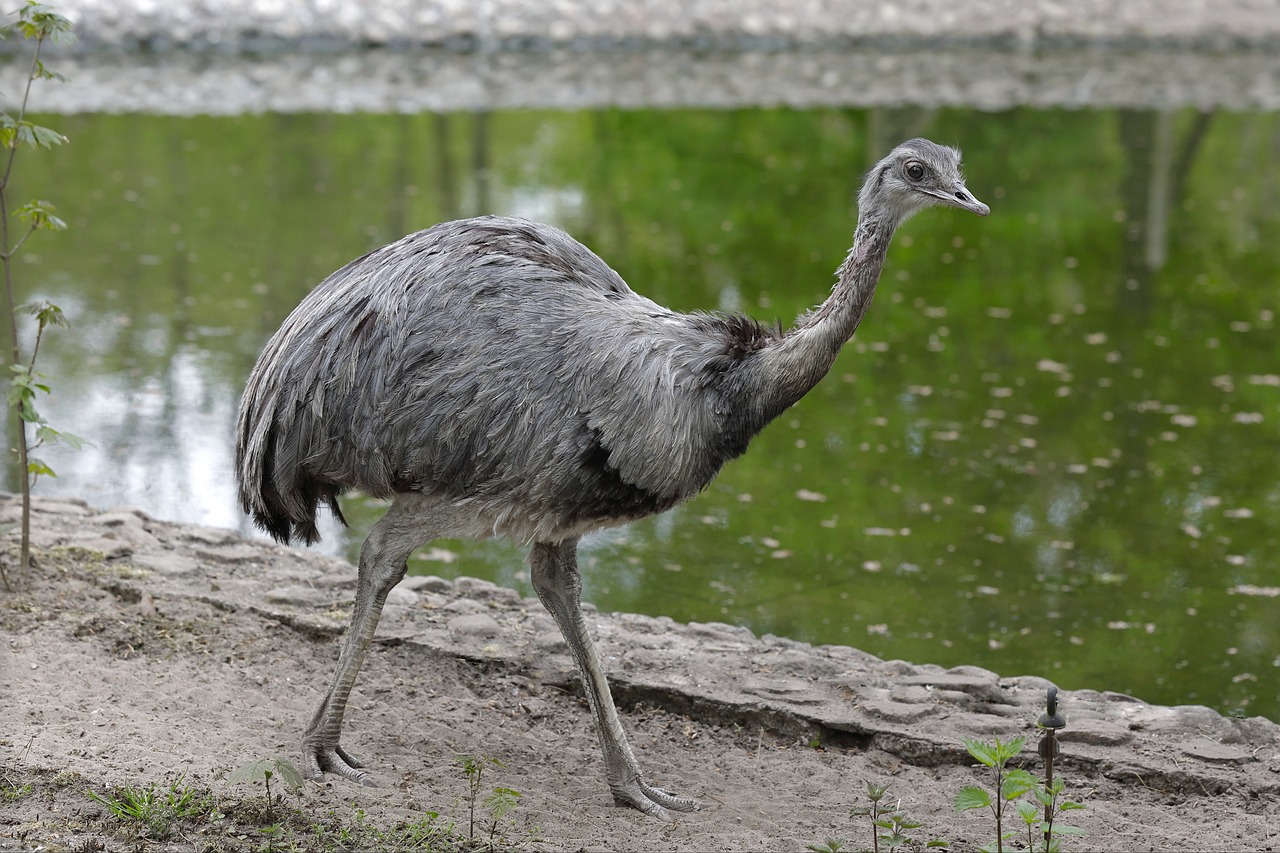
Rhea stands as a prominent figure among the Titans, celebrated as the goddess of female fertility, motherhood, and protection, embodying ease and nurturing. Role and Significance Rhea earned the title of “Mother of the Gods” for being the matriarch of the initial members of The Twelve Olympians, with her brother-husband, Cronus. Her bond with Cronus…


